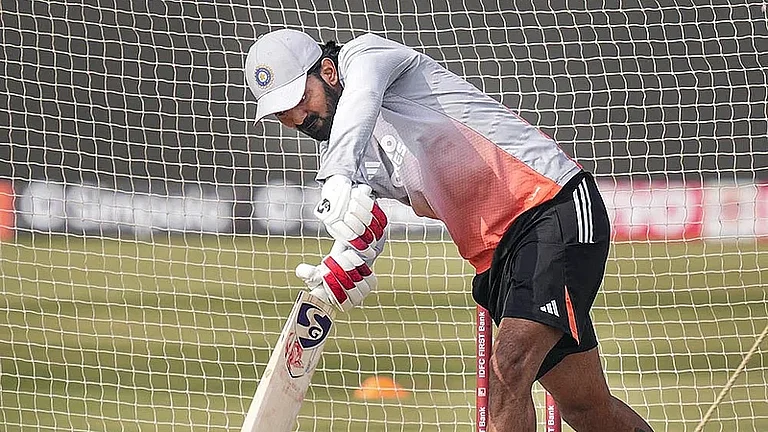Rajeev Kumar, 45, anxiously awaits payment of his dues from the sugar mill where he has sold almost half his harvest of sugarcane worth Rs1.5 lakh. “This year has been tough. My sugarcane crop is not as good as expected and unseasonal heavy rains destroyed the mustard crop on my two-bigha land.” Kumar has been waiting for the last 10 days to get his dues so that he can clear his debts. It has been a tough season for most farmers in Shamli, Uttar Pradesh, says Kumar, who has had to harvest his crop with the help of his wife, two teenage daughters and a school-going son, as the wages demanded by the few available farm workers since the lockdown—what with the restriction on movement of people and vehicles—is way beyond his means. He stresses that farmers like him have to be careful with their money, given that everything has become expensive—labour cost, hiring of harvesters, seeds, fertilisers, food and other domestic essentials. While farm input costs have risen 10-15 per cent, vegetables prices have shot up threefold, says the farmer, who also grows wheat. As the season has been cooler, wheat harvest in parts of north India is expected to begin after April 10. Farmers are hoping that after April 15, more mandis will start operating, or else a glut of produce deluging the market will drive down prices. R.V. Giri, president, Consortium of Indian Farmers Associations, says farmers are anxious as most regulated markets are yet start operations despite government directives. “With no sale of grains, lack of godowns in villages and no proper drying yards, the situation is worrying, as almost 30-40 per cent people in villages are farmers,” says Giri. The delay in sale and lack of proper storage facility could damage foodgrains and the sugarcane already harvested, which would impact farmers’ income, points out Giri.
ALSO READ


























